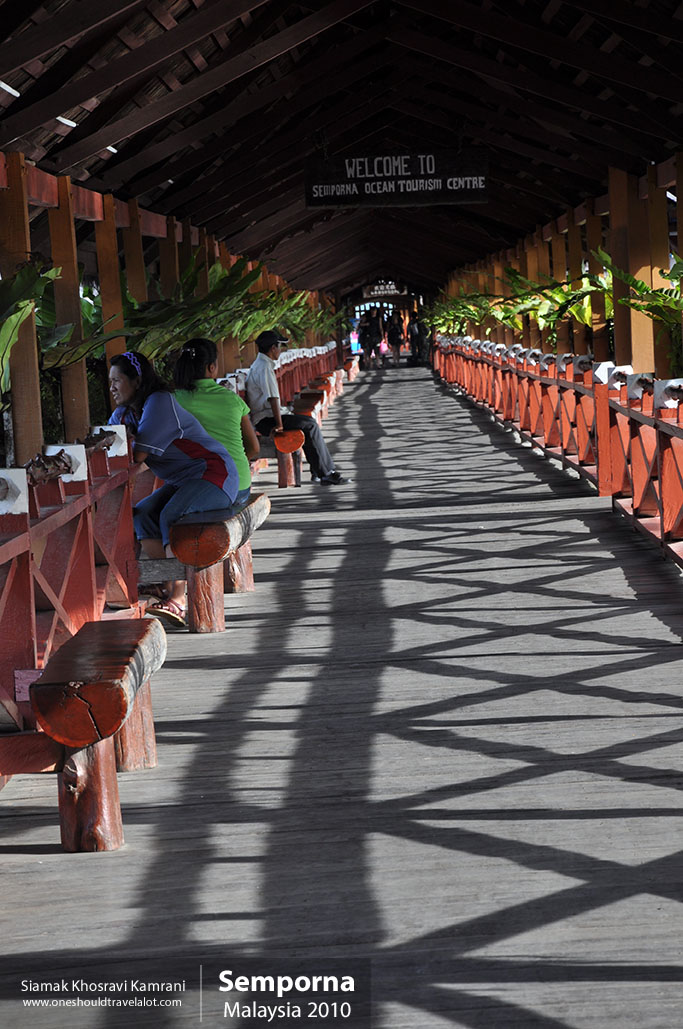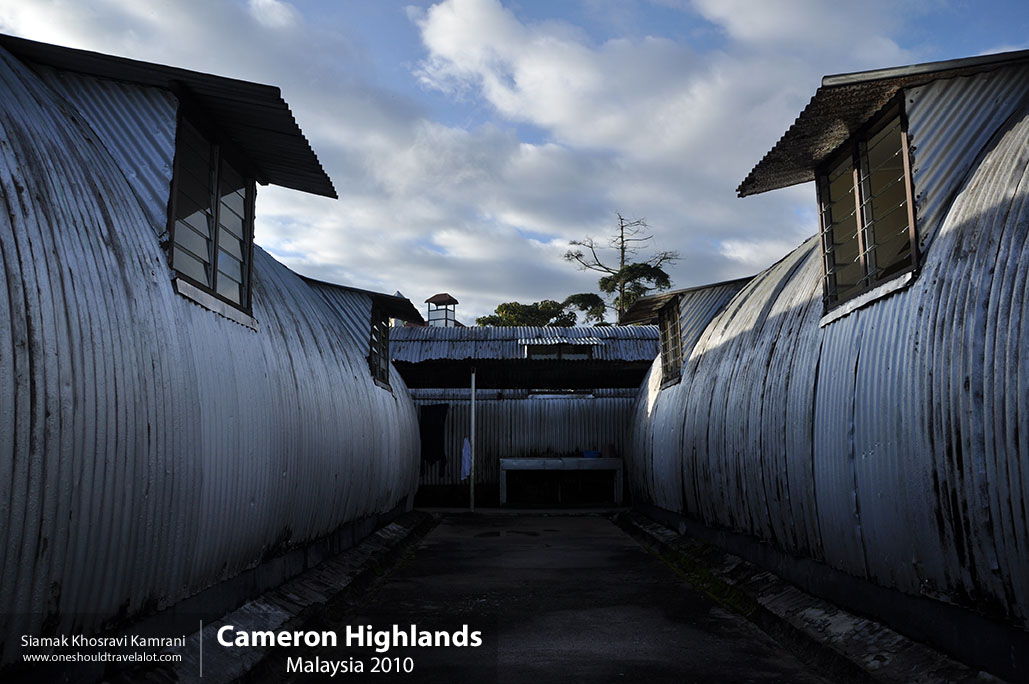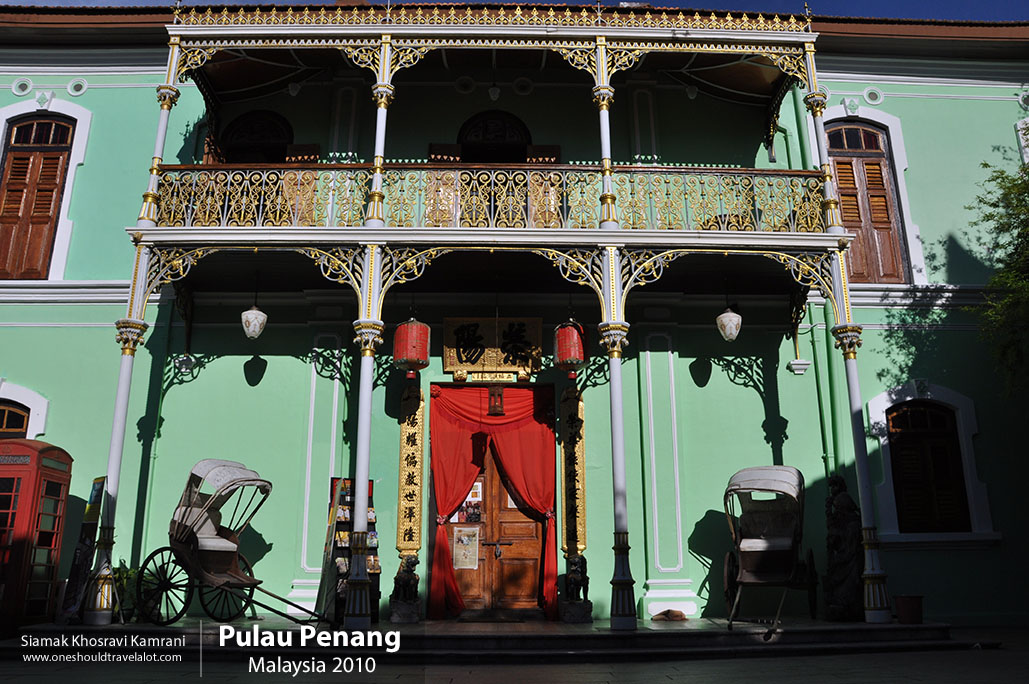A Photographer’s Journey Through Ipoh
Nestled in the heart of Malaysia, Ipoh is a city that radiates charm and history. As a young photographer, I embarked on a journey to capture the essence of this remarkable city. The moment I set foot in Ipoh, I was greeted by a blend of colonial architecture, vibrant street art, and a rich cultural tapestry that begged to be explored.
Arrival and First Impressions
Stepping out of the Ipoh railway station, often referred to as the “Taj Mahal of Ipoh,” I was immediately struck by its grandeur. This colonial-era building, with its white domes and majestic façade, set the tone for my adventure. The air was warm, and the city buzzed with life. I noticed a mix of old and new – towering modern buildings stood alongside quaint, timeworn shophouses.
As I wandered through the streets, I was greeted by the friendly smiles of locals. Ipoh’s standard of living appeared comfortable, with a blend of traditional and modern lifestyles. The city’s atmosphere was laid-back yet lively, a perfect setting for a photographic exploration.
Capturing Ipoh’s Architectural Marvels
One of my first stops was the Ipoh Old Town, a treasure trove of colonial architecture. The heritage buildings, with their intricate designs and pastel hues, were a photographer’s dream. I found myself lost in the details – the ornate window frames, the wooden shutters, and the beautifully preserved facades.
The Birch Memorial Clock Tower stood tall, commemorating the British Resident James W.W. Birch. Its neo-Gothic style and historical significance made it a focal point for my lens. Each click of my camera seemed to capture not just the structure, but the stories etched into its walls.
Street Art: Ipoh’s Vibrant Canvas
Ipoh is renowned for its vibrant street art, which breathes life into the city’s alleys and backstreets. Ernest Zacharevic, a Lithuanian artist, has left his mark here with murals that depict everyday Malaysian life. I spent hours photographing these artworks, each telling a unique story.
One mural that caught my eye was “Old Uncle with Coffee Cup,” a depiction of an elderly man savoring a cup of coffee. The detail and emotion in the painting were astounding, reflecting the local culture’s deep appreciation for simple pleasures. As I snapped away, I felt a connection to the city’s soul, communicated through its art.
Immersing in Local Culture and Cuisine
Ipoh’s cultural diversity is one of its most captivating aspects. The city is home to a blend of Malay, Chinese, and Indian communities, each contributing to its rich cultural mosaic. As I explored, I heard a symphony of languages – Malay, Cantonese, Tamil, and English, all harmonizing in the bustling markets and eateries.
Speaking of eateries, Ipoh is a paradise for food lovers. The city’s culinary scene is a delightful fusion of flavors. I found myself drawn to the local hawker stalls, where the aroma of freshly cooked dishes filled the air. I couldn’t resist trying Ipoh’s famous white coffee, a creamy and aromatic brew that perfectly complemented the city’s relaxed vibe.
A visit to the local food market introduced me to a variety of traditional dishes. I savored char kway teow, a stir-fried noodle dish bursting with flavors, and nasi lemak, a fragrant coconut rice dish served with sambal, anchovies, and peanuts. Each bite was a testament to the city’s rich culinary heritage.
Exploring Ipoh’s Natural Beauty
Beyond its urban charm, Ipoh is surrounded by breathtaking natural landscapes. A short drive from the city center led me to the limestone hills and caves that are synonymous with the region. The Kek Lok Tong Cave Temple was a highlight, with its stunning rock formations and tranquil gardens. The temple, set within a limestone cave, exuded a sense of peace and spirituality. I captured the interplay of light and shadow within the cave, creating photographs that seemed almost otherworldly.
Another natural wonder was the Gua Tempurung, one of the largest limestone caves in Peninsular Malaysia. Exploring its vast chambers and underground rivers was an adventure in itself. The intricate stalactites and stalagmites formed over millions of years were a testament to nature’s artistry. As I photographed these formations, I felt a sense of awe at the beauty hidden beneath the earth’s surface.
Embracing Ipoh’s Festive Spirit
Ipoh’s cultural vibrancy is also evident in its festivals. During my stay, I was fortunate to experience the Chinese New Year celebrations. The city came alive with dragon dances, vibrant lanterns, and the sound of firecrackers. The streets were adorned with red decorations, symbolizing good luck and prosperity. I captured the joyous faces of locals as they participated in the festivities, their traditions passed down through generations.
The Thaipusam festival, celebrated by the Hindu community, was another highlight. Devotees carried kavadis, elaborately decorated frameworks, as an act of penance and devotion. The intensity of the rituals and the fervor of the participants created powerful images that conveyed the depth of their faith.
Reflections on Ipoh’s Essence
As my time in Ipoh drew to a close, I reflected on the myriad experiences that had filled my days. This city, with its blend of history, culture, and natural beauty, had offered me a wealth of photographic opportunities. But more than that, it had given me a glimpse into the lives of its people – their warmth, their traditions, and their resilience.
Ipoh is a city that invites exploration, not just through the lens of a camera, but through the heart. Its streets tell stories of the past, its art speaks of contemporary life, and its people embody a spirit of unity and diversity. For a photographer, Ipoh is a canvas waiting to be captured, a place where every frame holds a story.
Practical Tips for Fellow Travelers
Before I end my tale, here are some practical tips for fellow travelers and photographers planning to visit Ipoh:
Getting There and Around
- By Train: The KTM ETS (Electric Train Service) connects Ipoh to major cities like Kuala Lumpur and Penang, offering a comfortable and scenic journey.
- By Bus: Buses are available from various parts of Malaysia, providing an affordable and convenient option.
- Local Transport: Taxis and ride-hailing services are widely available. Renting a bicycle or walking is also a great way to explore the city’s compact areas.
Best Time to Visit
- The ideal time to visit Ipoh is between March and October when the weather is relatively dry. The city experiences a tropical rainforest climate, so be prepared for occasional rain showers.
Must-Visit Spots
- Ipoh Old Town: For colonial architecture and street art.
- Kek Lok Tong Cave Temple: For stunning limestone formations.
- Concubine Lane: For a taste of Ipoh’s heritage and vibrant street market.
Food Recommendations
- Ipoh White Coffee: Must-try local brew.
- Dim Sum: Available at various Chinese eateries.
- Nasi Ganja: A local favorite, also known as “Nasi Kandar Ayam Merah.”
Cultural Etiquette
- Respect local customs and dress modestly, especially when visiting religious sites.
- Learn a few basic phrases in Malay or Cantonese to connect with locals.



